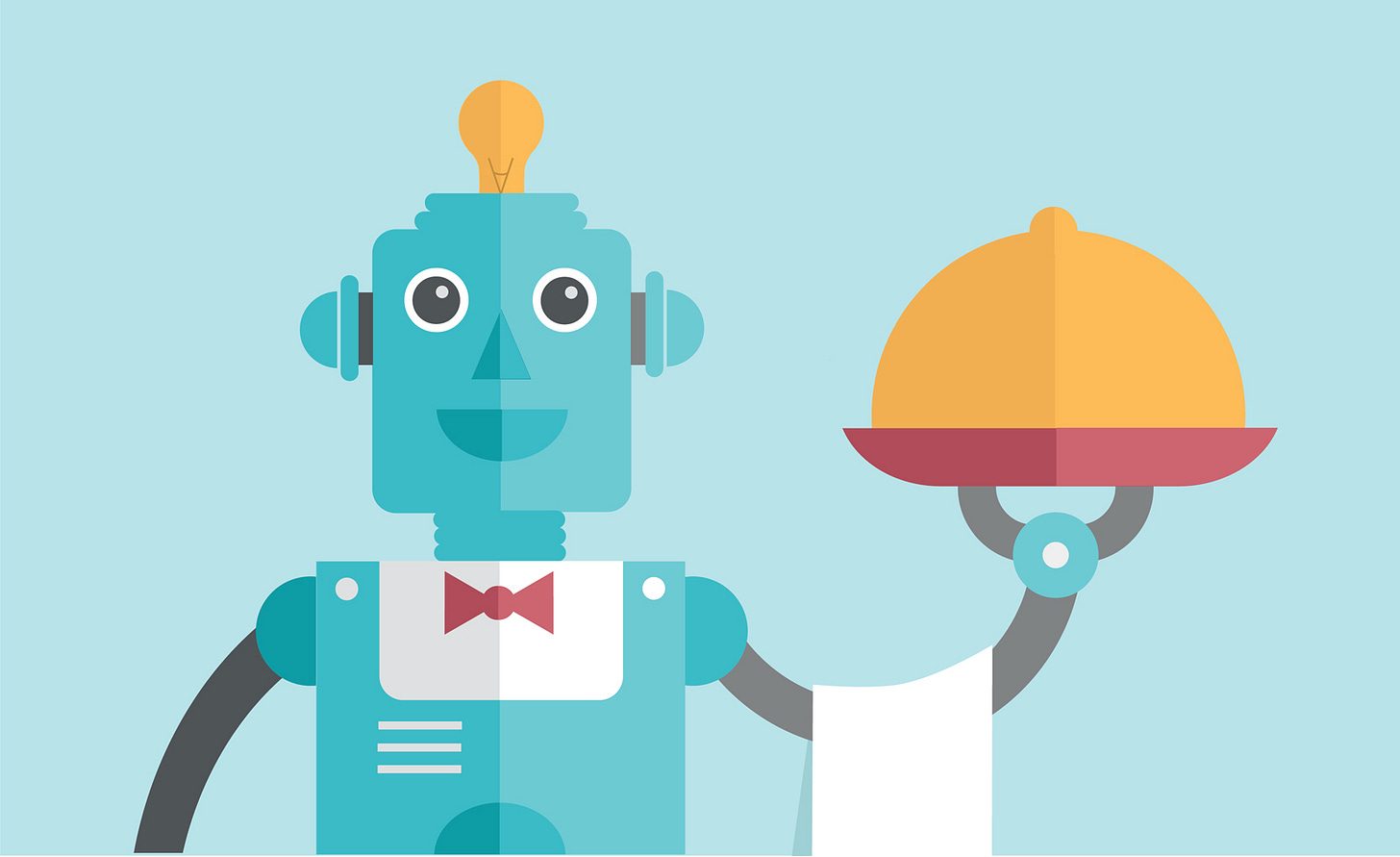Why we don't have Robot Butlers yet
AI is necessary for autonomous robots of the future; its development and deployment is full of incredible challenges and promising opportunities
This is the first of a series on the challenges and opportunities of applying AI to robotics, specifically in the setting of autonomous service robots that can assist humans in everyday tasks.
This article gives a high-level overview of the challenges, while later articles will dive deeper into each topic.
TL;DR: To realize the vision of robot butlers co…
Keep reading with a 7-day free trial
Subscribe to Last Week in AI to keep reading this post and get 7 days of free access to the full post archives.


